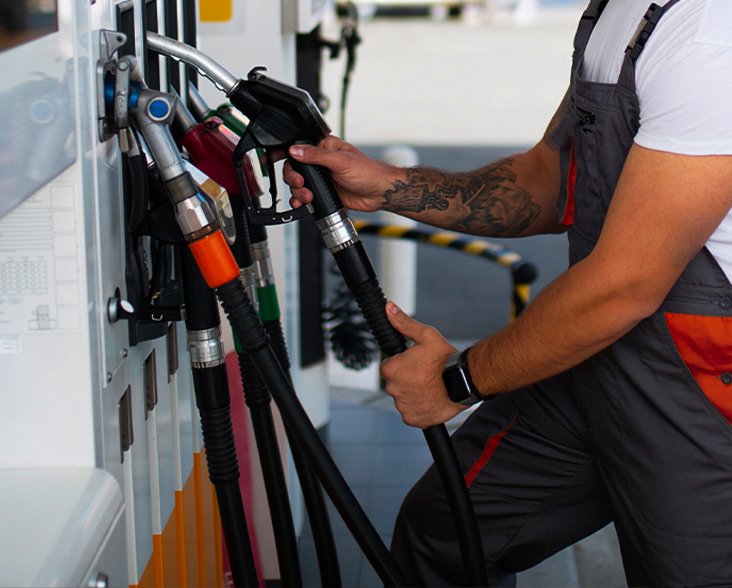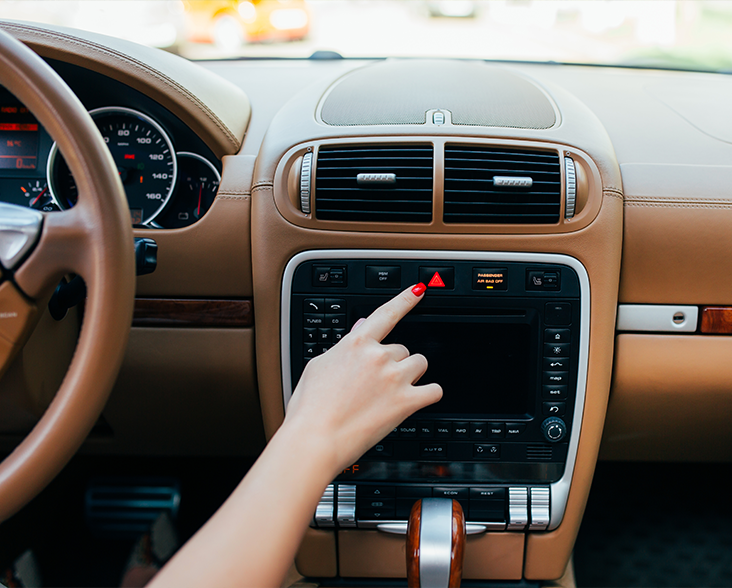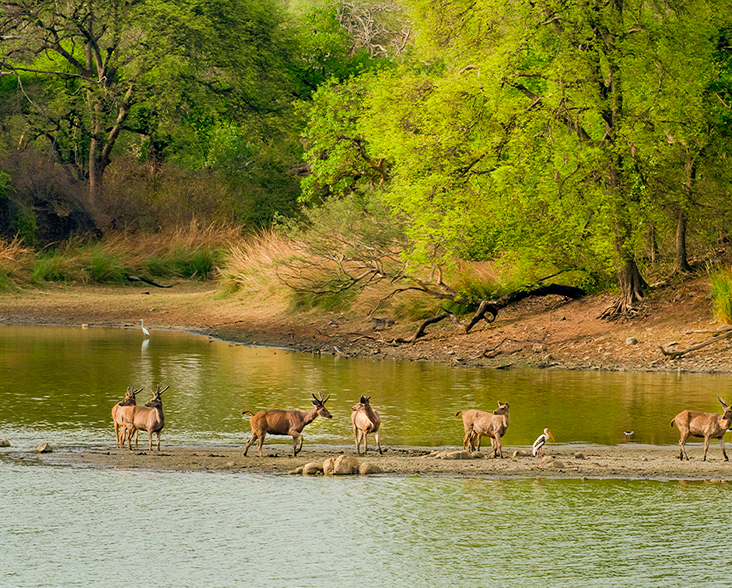Refueling Safety: Essential Precautions at Petrol Pumps
Think of the last time you pulled into a petrol pump. Maybe you were running late for work, mentally rehearsing that important presentation. Or perhaps you were on a long-awaited road trip, your favorite playlist humming through the speakers, when the fuel gauge nudged you to make a stop. For most of us, it's just another pit stop in our busy lives – a quick pause before we rush off to our next destination.
Every day, at thousands of petrol pumps across India, stories unfold. The young professional grabs a quick coffee while her car fills up. The truck driver stretched his legs after hours on the road. The family on vacation, kids bouncing in their seats, eager to continue their adventure. The midnight taxi driver, serving the city while others sleep. In these moments, petrol pumps become more than just refueling stations – they're brief intersections in our daily journeys.
Yet beneath this everyday scene lies something we rarely think about. These familiar places, with their distinctive smell of fuel and the steady hum of vehicles, are handling one of the most volatile substances we encounter in our daily lives. The attendant who greets you with a smile is trained to manage materials that could, in the wrong circumstances, turn dangerous in seconds.
This is why understanding petrol pump safety rules in India isn't just about following rules – it's about protecting these shared spaces where our paths cross, even if just for a few minutes. This guide looks at the essential safety measures at Indian petrol pumps, from the reason behind that "No Mobile Phones" sign to what to do in emergencies, including Nayara Energy's comprehensive safety protocols. Because sometimes, the most routine stops deserve our closest attention.
Essential Precautions at Petrol Pumps
Every petrol station is designed to minimise risks, but it’s up to each visitor to follow safety guidelines to ensure a safe environment for everyone. Let’s explore these precautions in detail.
The Risk of Fire and Explosions
Petrol and diesel emit vapours that are highly flammable. A single lit cigarette or even a tiny spark can ignite these vapours, leading to dangerous fires or explosions.
Real-World Consequences
Data shows that incidents caused by smoking at petrol stations, though preventable, remain a concern globally. Avoiding open flames near fuel dispensers isn’t just about following rules; it’s about preventing tragedies.
- Refrain from smoking at petrol stations always.
- If you’re a smoker, extinguish your cigarette safely before entering the petrol pump.
Turn Off Your Engine
Keeping the engine running while refuelling is a common oversight but one that carries serious risks.
Why It’s Critical
When your vehicle’s engine is on, it generates heat and may release sparks. Combined with petrol vapours, this can lead to accidental ignition. For this reason, turning off your engine is one of the most important safety protocols at petrol pumps.
Legal Guidelines in India
Indian petrol stations mandate that vehicles must have their engines switched off during refuelling. Failing to do so not only endangers safety but can also result in fines or refusal of service.
- Pull up to the fuel dispenser.
- Engage your handbrake and switch off the engine.
- Ensure everyone remains seated or away from the vehicle while refueling.
No Phones Please
One of the most ignored rules at petrol pumps is the restriction on mobile phone usage.
Why Mobile Phones Are Not Allowed in Petrol Pumps
While the likelihood of phones directly causing fires is low, there are risks associated with overheating devices or battery malfunctions, which can create sparks. Additionally, electromagnetic interference from phones could affect petrol pump equipment.
Safety Policies and Signs
Most petrol pumps, including Nayara Energy stations, prominently display warnings against phone usage. Attendants are trained to remind customers to stay off their devices while refuelling.
The Best Approach
To stay safe, keep your phone inside your car or pocket. If a call is urgent, handle it after leaving the refuelling area.
Keep Kids Away from Petrol Pump
Children are naturally curious, but petrol stations are no place for exploration. Keeping kids safe during refuelling is crucial to avoid unnecessary risks.
Potential Hazards
- Approach fuel dispensers or hoses.
- Pick up matches or lighters from unattended areas.
- Run around in a busy petrol station, increasing the risk of accidents.
How to Protect Your Kids
- Keep children securely inside the vehicle.
- Assign another adult to supervise if needed.
- Educate older children about the importance of staying still and away from fuel areas.
Follow Instructions on petrol pumps
Every petrol pump has a clear set of instructions displayed for customers. Ignoring these rules can lead to accidents or safety violations.
Common Guidelines at Petrol Pumps
- No smoking or phone usage.
- Do not overfill the fuel tank.
- Turn off your vehicle’s engine.
Each rule is designed to prevent specific risks and following them ensures everyone’s safety.
Tips for Compliance
At Nayara Energy petrol pumps, all instructions are prominently displayed for easy visibility. Make it a habit to read the signs and follow the attendants’ guidance for a safe experience.
Miscellaneous Safety Measures
In addition to the major precautions, there are smaller yet equally important safety practices to observe at petrol pumps.
Handling Portable Fuel Containers
When filling portable containers, always place them on the ground rather than inside your vehicle. This prevents static electricity from building up, which could ignite fuel vapours.
What to Do in an Emergency
- Immediately notify the petrol pump staff.
- Use the fire extinguishers available at the pump.
- Evacuate the area and call emergency services if the situation escalates.
Nayara Energy’s Safety Commitment
Safety is a core value at Nayara Energy, with petrol stations across the country operating under stringent safety protocols.
Safety-First Approach
- Training attendants to handle emergencies and enforce rules.
- Installing advanced safety systems like vapour recovery technology.
- Conducting regular safety audits and equipment checks.
Eco-Friendly Practices
Beyond safety, Nayara Energy prioritises sustainability, ensuring that its operations minimise environmental impact without compromising on customer convenience.
Nationwide Presence
With a vast network of 6500+ petrol pumps across India, Nayara Energy provides reliable and safe refuelling options for drivers wherever they travel.
Safety at petrol stations is everyone’s responsibility. From turning off your engine to following posted instructions, these precautions are simple steps that save lives. Understanding petrol pump safety rules in India and respecting them during every visit ensures a safer environment for all.
When you choose Nayara Energy, you’re not just refuelling—you’re partnering with a brand that places safety and trust at the forefront. Prioritise safety at every stop and make Nayara Energy your trusted refuelling destination. Stay safe and drive responsibly.




